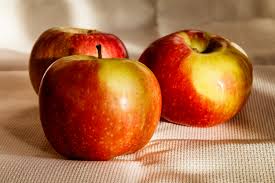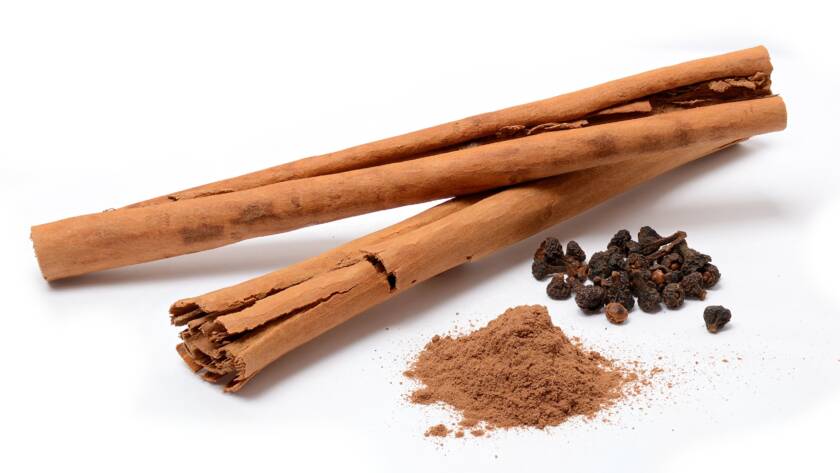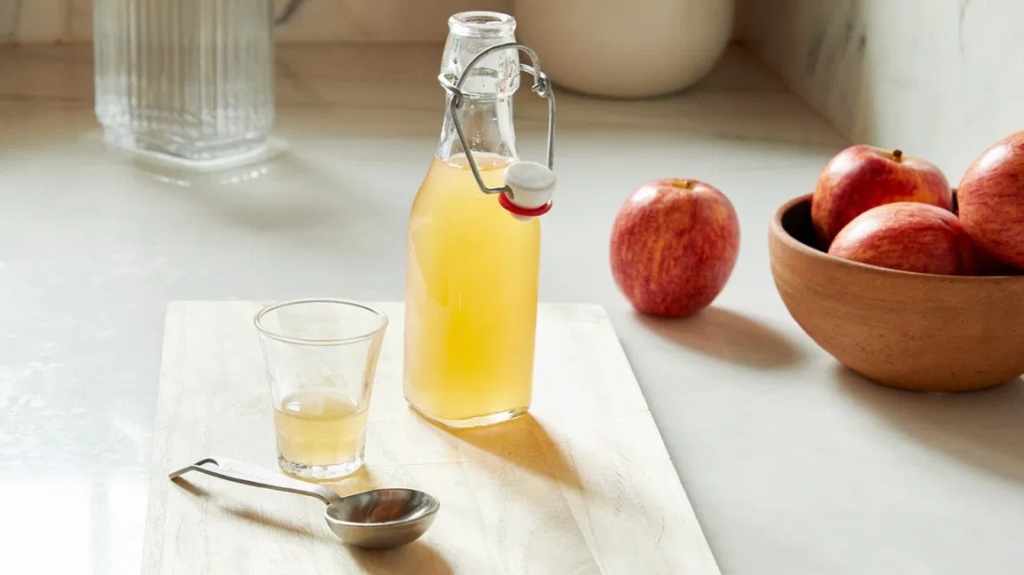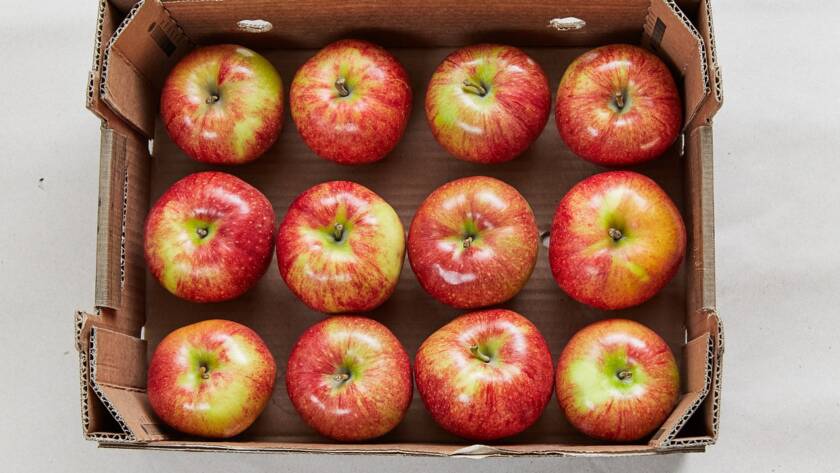
Wait, you can do that?!
Yes, you can and it’s pretty easy too!
Depending on the tools you have, one methodology might work better for you, but you can still create delicious apple juice without having to spend a lot of money on a juicer.
Isn’t Apple Juice Bad For Me?
Apple juice is high in sugar, which isn’t the best thing in the world, but it also offers plenty of health benefits.
Firstly, apple juice is a fantastic source of plant compounds like polyphenols and flavonoids, which have been found to promote greater heart health. It’s also rich in potassium, which is also great for your heart’s health.
Secondly, apple juice is 88% water, meaning it’s actually a great source of hydration for the sick and vulnerable. Next time you catch a cold, it would probably do you well to pour yourself a cold glass of apple juice if you’re sick of the water.
Lastly, preliminary studies have shown apple juice may support mental health and brain function as you age. Drink up now because you’ll be grateful you did when you’re older!
The Types of Apples You Should Use
If you’re stuck on which kind of apple you should use, then our recommendation is to pick from one of these three:
- Fuji Apples – the classic. A reaonsably-priced apple with hints of honey and citrus, so you won’t have to worry about adding a lot of sugars or sweeteners.
- Honeycrisp Apples – the high roller. They’re a little bit on the pricier side, but they strike a great balance between sweet and sour. You’re sure to get high-quality juice from this apple type.
- Granny Smith – the sourpuss. If you’re looking for apple juice that’s a bit on the tarter side, then you can’t go wrong with a good old granny smith. It’s still probably a good idea to add some sweeter apple types, like fuji or honeycrisp, to cut back on the tartness.
Just a Spoonful of Sugar (or Cinnamon)…
Apple Juice is a delicious treat on its own, but if you really want to bring your apple juice’s flavor to the next level, then why not try one of our recommended sweetners or spices?
- Cinnamon – Another classic. Cinammon adds a nice earthy tone to apple juice that really enriches the sweetness of your apples and any natural sugar you might add.
- Honey or Agave – The sweet one. Sure, you can add cane sugar, but why do that when you can accentuate the honey flavor present in apple types like honeycrisp with a natural sweetener.
- Oranges – The other half. Oranges (and other citrusy fruits for that matter) really balance the sweetness of apples with a hint of acidity.
- Rum – The life of the party. If you want to really spice up your homeade apple juice, the earthy undertones of rum work similar to cinnamon in promoting a bold, unforgettable flavor.
Alright, now that we have our ingredients in place, let’s get juicing!
Method 1: Boiling
For this method, you’ll require three things:
- Apples (obviously)
- Bot
- Straining device (strainer, cheese cloth or nut milk bag)
- Juice container
- Chop the apples into thin slices. This will make the slices easier to wring out later if you decide that the apple juice is too weak.
- Toss the slices into a large pot and pour enough water into the pot to cover the slices halfway.
- Bring the mixture to a boil. Once boiled, cover with a lid and reduce to a simmer.
- Simmer the mixture for about half an hour, while stirring every so often. The cooking time will vary based on the amount of apples you put into pot, so a good rule of thumb is to keep simmering until the apples are extremely tender.
- Once you’re done simmering, use your straining device to separate the juice from the solids while pouring it into your container.
- Allow the juice to cool. If you find the juice not to your liking, then you can adjust by cutting the mixture with water, squeezing the remnants with a cheesecloth, or using an add-in mentioned above.
Method 2: Cheesecloth
This is probably the simplest method, but it will require that you have:
- A cheesecloth or a similar straining material
- Medium-sized bowl
- Grater
- Juice container
- Grate the apple into a medium-sized bowl that’s lined with your cheesecloth.
- Once you’ve grated pull the cloth taut and squeeze by hand, emptying the juice into your container.
- Voila! It’s that easy.
Method 3: Blender
All you need for this easy-and-effective method is a blender and a container for your finished juice.
- Add apple slices to a blender with either water or orange juice. Err on the side of not enough liquid rather than too much because you can always add more liquid later.
- Blend the mixture to a smooth consistency.
- Once done, pour into your container. If you want to get rid of the pulp, line your container with cheesecloth and squeeze out the remaining liquid.
FAQs
Is it possible for me to squeeze out the apple juice without a cheese cloth?
Yes, but it’s a lot harder.
You can put the grated apples in a metal strainer and wring that out best you can, or you can squeeze the apples using nothing but your hands (although you’ll get a lot of pulp).
Cheese cloths are incredibly cheap, so it might just be worth it to buy one if you want to take the straight route to your delicious apple juice.
How much of the add-ins should I put into the apple juice?
Our advice is to put it in little by little and then do it by taste. Oftentimes, a recipe of what you find online may not be to your liking, or work better for a different type of apple that you’ve used.
How do I know if my boiled apples are “extremely tender”?
Take out a sample of the apples from the pot and use the back of a spoon to push it down.
If you can push down the apples to a fine pulp easily, then you know it’s time to turn off the heat.







